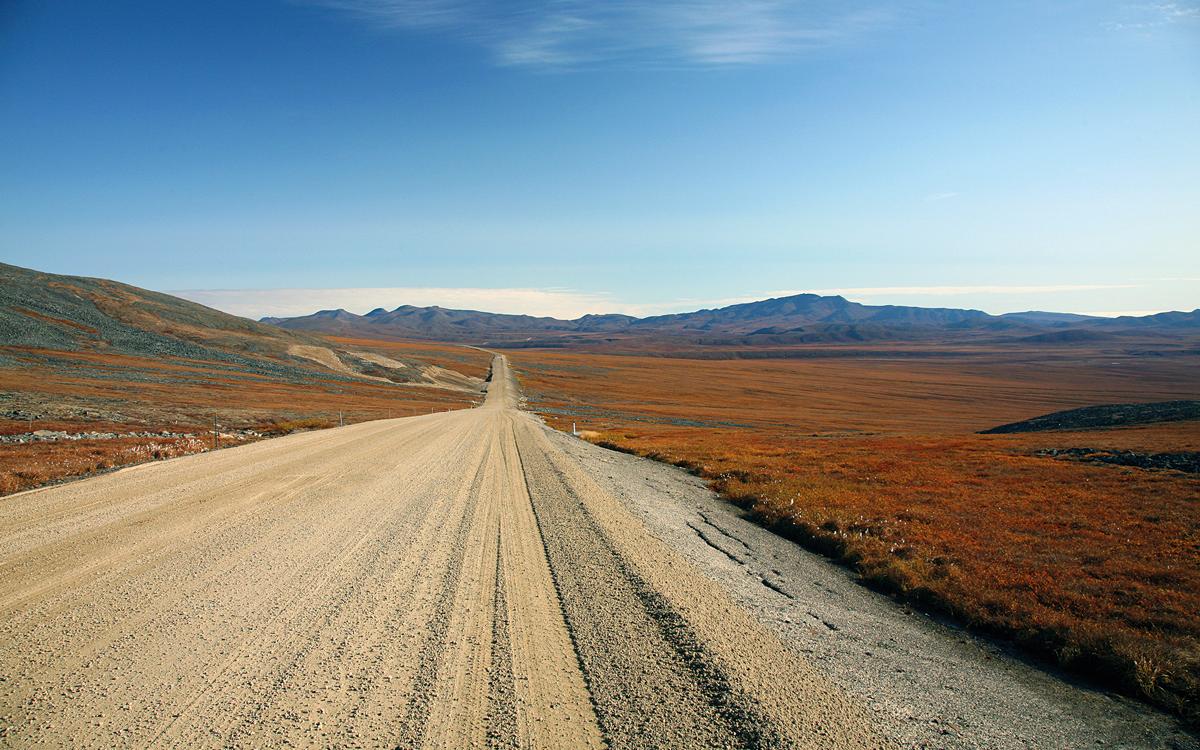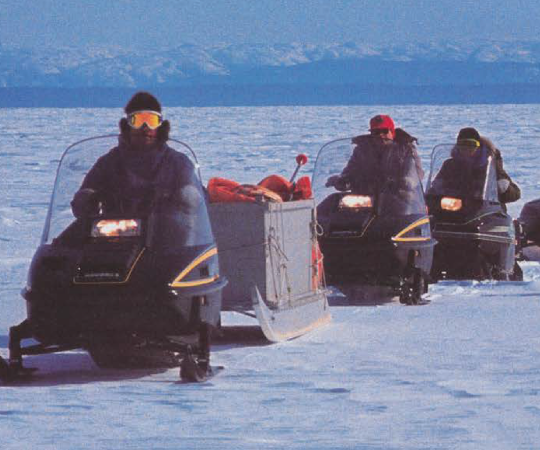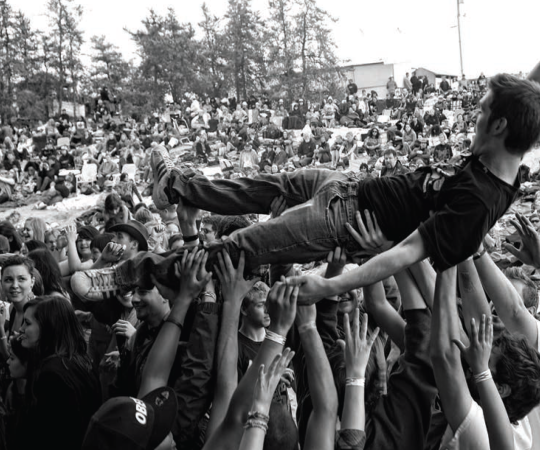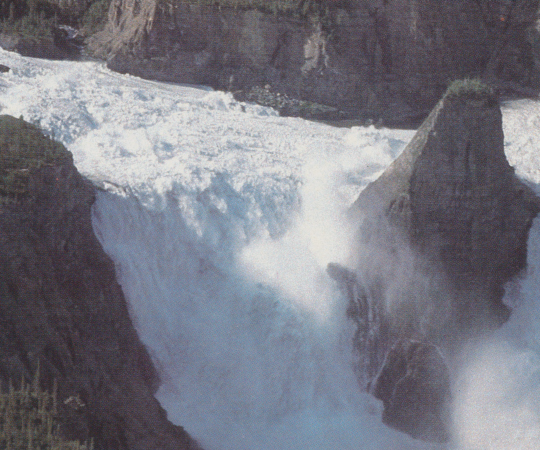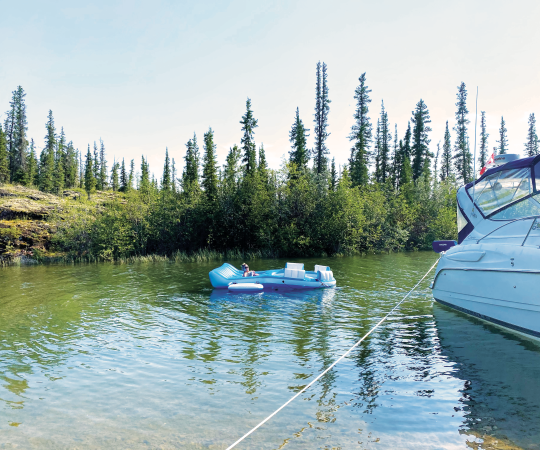1) Road trip down the Dempster
The Dempster Highway in the fall is one of the North’s most scenic drives. In addition to the presence of grizzly and black bears, wolves, Dall sheep and lynx, around this time of year drivers can expect to see the majestic Porcupine caribou herd during its annual migration. If the herd is travelling near the highway, watch out for hunters. And beware: there are no service stations between Dawson City and Eagle Plains, Yukon, halfway down the 736-km highway.
2) Seventeen flat tires and a moose (or two) - The Canol Trail

The derelict Canol Trail, through the Mackenzie Mountains, links the NWT to the Yukon. The end of the road is a 14-hour drive from Whitehorse, or 31 hours from Yellowknife. And if you’re aiming to spend some time there to explore it, it can take up to a month to prepare for—to get all your food, gear, gas, tools and spare tires rounded up. “You get lots of flats,” says Yellowknifer Charlie Bourassa, who has now made six trips up the trail to hunt moose and caribou in mid-September. The first time he did it, he and his buddies wound up with 17 flat tires on their trucks and trailers, delivered by the rough, unmaintained road. Even before you get to McMillan Pass at the Yukon-NWT border, you might arrive at a washed-out highway or a broken down ferry, which calls for a detour. “It’s a new experience every year,” he says.
Once they arrive at Mile 222, where they sign in at a checkstation, they set up camp and then head out by ATV either farther up the road or along any of the many trails that branch off the road. A heads-up: you have to haul in your own tent poles and firewood, as the alpine camp is above the treeline. And up in the Mackenzie Mountains, you can experience snow, rain and extreme heat—all four seasons—in one day. “It’s not a place for rookies,” says Bourassa. “It’s unforgiving.”
But with risk comes reward. The 20-odd kilometre drive from the Yukon border to the ranger station takes two hours, not only because of the terrible road conditions, but because you’re always on the lookout for animals. “You never know what’s around the corner: it could be moose, it could be grizzly, it could be caribou,” he says. There are wolves, rams and ptarmigan too.
And you’re obviously not limited to pointing and shooting rifles. “It’s a great opportunity for photography,” says Bourassa. The road is littered with WWII-era trucks—a legacy of the road’s initial raison d’être, to build and service a long defunct oil pipeline running from Norman Wells, NWT to Whitehorse. And in fall, the colours change—the stark backdrop of snowy mountains accentuates autumn’s reds and oranges. Add in a grizzly or migrating caribou herd and you understand why it’s such a cherished spot for hunters, wildlife photographers, hikers and even cyclists. – HM

